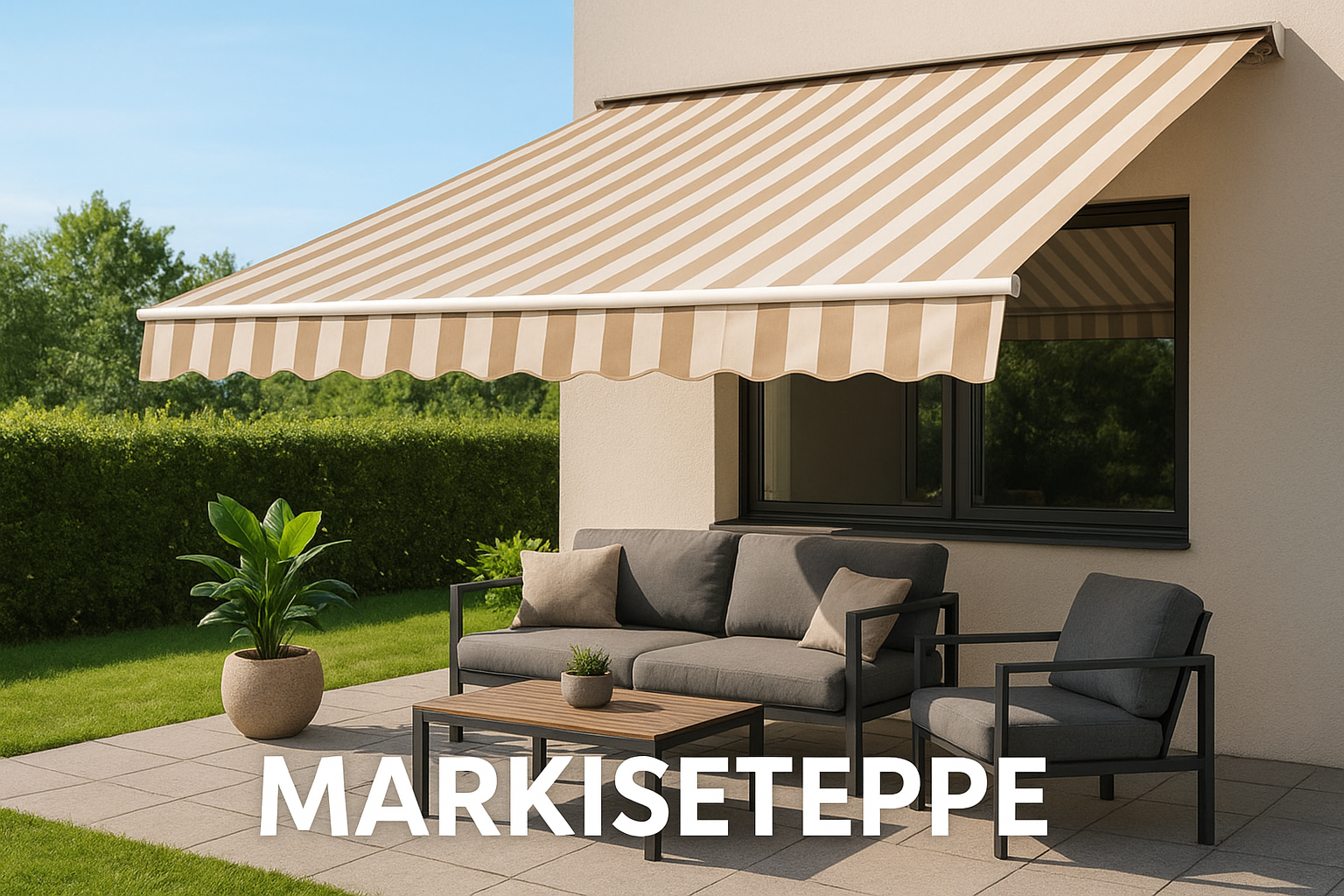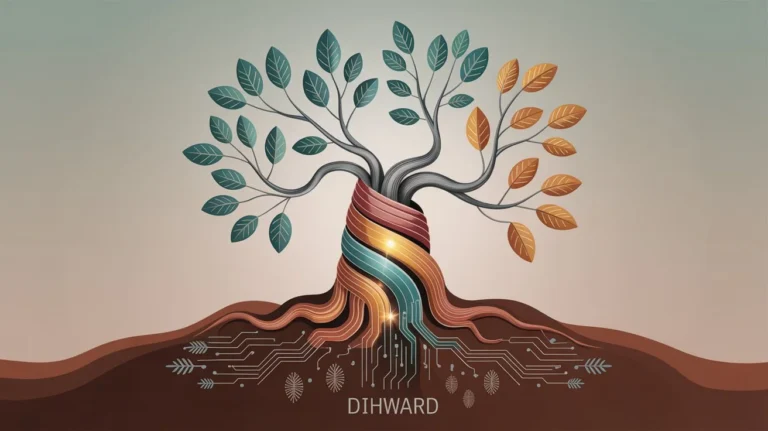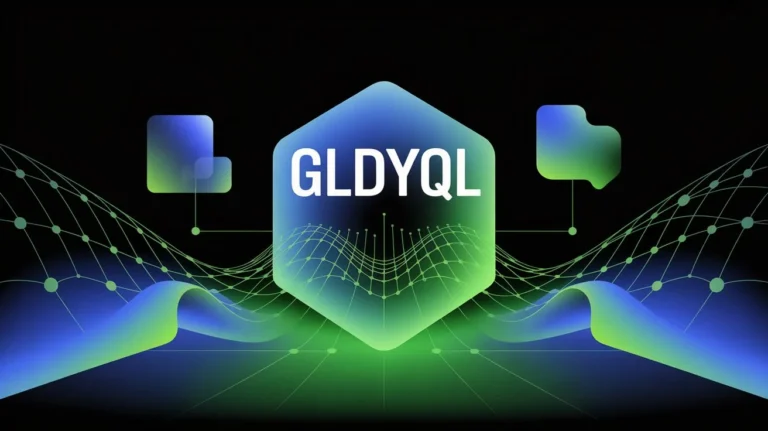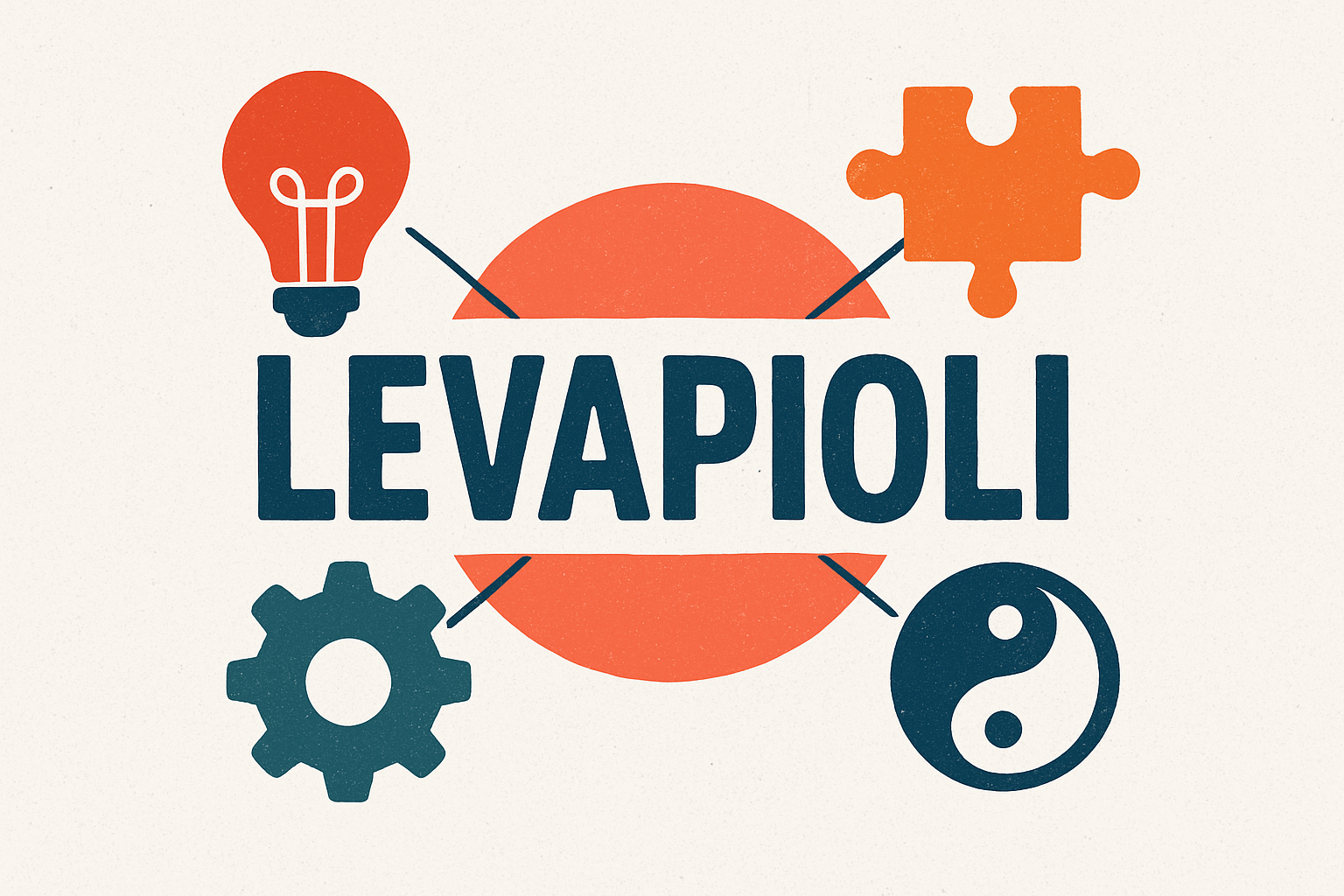Markiseteppe: Understanding Its Meaning, Uses, and Modern Relevance
The word markiseteppe has recently caught attention in online discussions, especially among those interested in design, fabrics, and outdoor living solutions. While the term may sound unfamiliar to many, it holds practical value in modern home and commercial environments. This article takes an in-depth look at what markiseteppe means, how it is used, and why it matters today.
By the end, you will have a clear understanding of its applications, benefits, and challenges, helping you make informed choices if you’re planning to use it in your own projects.
What is Markiseteppe?
The term markiseteppe is of Scandinavian origin and translates roughly to “awning fabric” in English. It refers to a durable textile material designed to provide shade, protection, and aesthetic appeal for outdoor spaces such as patios, balconies, or storefronts.
Unlike traditional fabrics, markiseteppe is made to withstand varying weather conditions. It’s resistant to sunlight, moisture, and dust, making it ideal for both residential and commercial setups. The fabric’s dense weave and UV-resistant coating help maintain color vibrancy even under direct sun exposure for long periods.
Essentially, markiseteppe is not just a fabric—it’s a blend of design, functionality, and technology aimed at improving outdoor comfort.
The Evolution of Markiseteppe in Modern Design
Historically, awning fabrics were simple cotton canvases used mainly for sunshade. Over time, the need for longer-lasting materials led to the introduction of synthetic fibers like acrylic and polyester. This evolution birthed the concept of markiseteppe, where durability meets design innovation.
Today, markiseteppe can be found in various textures, colors, and patterns to complement modern architecture. Architects and designers use it not only for shade but also to create visual harmony in outdoor settings. Its versatility allows it to be used in restaurants, gardens, terraces, and even boats.
This shift from purely functional to stylish outdoor materials reflects a broader trend—people now view outdoor spaces as an extension of their living areas.
Key Benefits of Using Markiseteppe
The appeal of markiseteppe lies in its ability to combine comfort, protection, and aesthetics. Here are some major benefits:
- Weather Resistance: It can handle sun, wind, and rain without fading or tearing easily.
- UV Protection: The material often blocks harmful ultraviolet rays, protecting skin and furniture.
- Low Maintenance: Regular cleaning with mild soap and water keeps it in good shape.
- Energy Efficiency: By reducing direct sunlight, it helps maintain cooler indoor temperatures.
- Visual Appeal: Available in multiple styles and designs, it enhances the look of any outdoor setting.
In many regions, homeowners have noticed reduced electricity bills after installing markiseteppe-based awnings because of decreased air-conditioning usage.
Real-World Applications of Markiseteppe
Markiseteppe has broad applications across residential, commercial, and recreational spaces.
- Homes: Often used for terraces, balconies, and patios to provide shade and comfort.
- Cafés and Restaurants: Creates inviting outdoor dining areas with sun and rain protection.
- Shops and Stores: Acts as an exterior branding element while protecting merchandise from sunlight.
- Boats and Yachts: Offers waterproof coverage while maintaining style and airflow.
- Event Spaces: Used in outdoor event setups such as exhibitions, markets, and fairs.
Its adaptability makes markiseteppe a favorite choice among designers and property owners who value both function and form.
Factors to Consider When Choosing Markiseteppe
Selecting the right markiseteppe requires attention to several factors. While it’s tempting to focus only on color or pattern, practical considerations are equally important.
- Material Type: Acrylic, polyester, and PVC-coated fabrics each have different durability levels.
- Climate Conditions: In humid areas, water-resistant and mold-resistant variants are better suited.
- Color Selection: Lighter shades reflect sunlight, while darker tones offer more shade.
- Maintenance Needs: Some fabrics require special cleaning methods to maintain longevity.
- Budget: High-quality markiseteppe may cost more but lasts significantly longer.
Evaluating these factors ensures you invest in the right option for your environment and usage.
Common Challenges with Markiseteppe
Despite its advantages, markiseteppe is not without challenges. Understanding these issues helps in maintaining it effectively.
- Fading Over Time: Prolonged sun exposure can still cause slight color fading, especially in cheaper variants.
- Mold Growth: In damp conditions, poor maintenance can lead to mildew or odor issues.
- Installation Complexity: Professional installation may be required for large awnings or complex setups.
- Replacement Costs: Quality fabrics can be expensive to replace if damaged.
Proper care, storage, and routine cleaning can minimize most of these problems and extend the fabric’s lifespan.
Maintenance Tips for Markiseteppe
To ensure markiseteppe retains its quality and visual appeal, follow these practical maintenance steps:
- Clean the surface every few months using a soft brush or cloth.
- Avoid harsh detergents that may damage the protective coating.
- Allow the fabric to dry completely before retracting or folding it.
- Check for loose seams or hardware periodically.
- Store it indoors during extreme weather conditions.
With consistent upkeep, a good-quality markiseteppe can last for many years without losing its performance or appearance.
Environmental and Sustainable Aspects
Modern markiseteppe manufacturers are increasingly adopting eco-friendly production methods. Many fabrics are now made from recycled polyester or biodegradable materials, minimizing environmental impact. Additionally, the energy savings from reduced air conditioning use contribute to sustainability goals.
Choosing sustainable markiseteppe options supports responsible manufacturing while maintaining durability and design quality.
Trends in Markiseteppe Design
Recent design trends show a shift toward minimalist patterns, earthy tones, and smart-integrated fabrics. Some versions now come with built-in sensors that automatically retract the awning during strong winds or rain.
Another growing trend is customization—customers can order markiseteppe with personalized colors, prints, or branding, making it ideal for businesses. This blend of functionality and modern aesthetics ensures it remains relevant in both home and commercial design landscapes.
Expert Insight: Why Markiseteppe Matters Today
As someone who has worked with outdoor furnishing materials for several years, I’ve seen firsthand how it transforms spaces. It’s more than a decorative fabric—it’s a lifestyle choice.
People today value comfort, sustainability, and design harmony, and it delivers all three. When installed properly, it not only enhances property value but also contributes to energy efficiency and well-being.
FAQs
- What is the best material for markiseteppe?
Acrylic fabrics are often preferred for their durability and UV resistance, though polyester is also popular for affordability. - Can markiseteppe withstand heavy rain?
Yes, most types are water-resistant, but waterproof coatings or PVC layers perform best in heavy rain conditions. - How long does markiseteppe last?
With proper maintenance, it can last 8–12 years depending on exposure and fabric quality. - Is markiseteppe eco-friendly?
Many modern variants are made from recycled or sustainable fibers, making them environmentally responsible choices. - How often should it be cleaned?
It’s best to clean it every three to six months to prevent dirt buildup and extend its lifespan.
Conclusion
Markiseteppe stands out as a durable, stylish, and environmentally conscious choice for anyone seeking outdoor shade solutions. Its blend of function and beauty has made it a favorite among homeowners, designers, and business owners alike. Understanding its properties, benefits, and care methods ensures you get long-lasting value from your investment.






